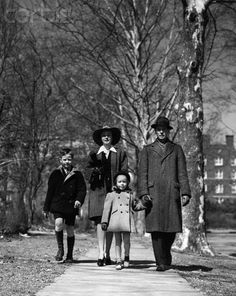Religious life in America runs in cycles and where we are today is a comparable to the 1940’s.
Tobin Grant writes in RNS’ Corner of Church and State blog:
Over the past fifteen years religion has once again declined. But this decline is much sharper than the decline of 1960s and 1970s. Church attendance and prayer is less frequent. The number of people with no religion is growing. Fewer people say that religion is an important part of their lives. But the decline in religiosity was not as sharp as its 1950s rise.
Religiosity in the United States is in the midst of what might be called ‘The Great Decline.’ Previous declines in religion pale in comparison. Over the past fifteen years, the drop in religiosity has been twice as great as the decline of the 1960s and 1970s. Overall, the hundreds of survey measures point to the same drop in religion: If the 1950s were another Great Awakening, this is the Great Decline.
The Great Decline may be a recent change, but our current level of religiosity isn’t new. In 2005, the level of religiosity was about the same as it was in 1945. We have since continued to see lower and lower levels of religiosity, but we’re not that much less religious than we were eight decades ago. The rise of religion in the 1950s has skewed our perception of the past — things have changed but not in a straight decline.
What next? There is nothing inherently cyclical about the change in religiosity; what goes down does not always go up again. The 1950s had some unique events that helped spur religiosity. The long-run trend should be toward less and less religiosity (because of increased wealth). That said, there’s no reason that we cannot see another up-tick in religiosity in the future.
Posted by Andrew Gerns

